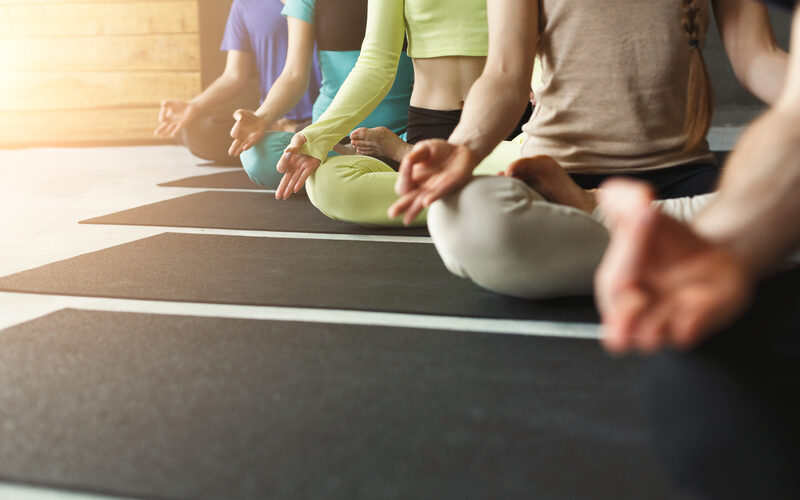Flexibility is a key component of overall wellness, enabling us to move freely and comfortably. If you’re looking to make your body more flexible, there are several holistic approaches you can incorporate into your daily routine.
Stretch Before Workouts
Incorporating stretching into your fitness routine is a fundamental way to make your body more flexible. When you stretch before workouts, you prepare your muscles and joints for the physical demands of exercise. Stretching helps increase blood flow to the muscles and allows for a greater range of motion. Dynamic stretching, which involves controlled movements that mimic the exercises you plan to perform, is an excellent way to prepare your body for a workout. This type of stretching not only warms up your muscles but also improves flexibility and mobility. Examples of dynamic stretches include leg swings, arm circles, and hip rotations. Static stretching, on the other hand, is best performed at the end of your workout when your muscles are warm. Hold each stretch for 15-30 seconds, focusing on areas of your body that may be tight or require extra attention. Over time, consistent stretching before and after exercise will contribute to improved flexibility and reduced muscle tension.
Get a Massage
Massage therapy is a holistic approach that can help make your body more flexible. A good massage can help loosen your joints and improve flexibility. During a massage, a skilled therapist applies various techniques, such as deep tissue or myofascial release, to target tight muscles and connective tissue. The pressure and manipulation of massage help release tension and knots in the muscles, promoting relaxation and enhancing range of motion. It’s a deeply relaxing experience that not only addresses physical tension but also contributes to emotional and mental well-being. Regular massage sessions can help prevent and alleviate muscle tightness, reduce the risk of injury, and improve overall flexibility. As part of your holistic wellness routine, consider incorporating massage therapy to experience the benefits it offers for both your body and mind.
Do Yoga
Yoga is a comprehensive mind-body practice that combines physical postures, breathing exercises, and meditation. It is renowned for its ability to improve flexibility, balance, and strength. Regular yoga practice can help make your body more flexible and enhance your overall well-being. Yoga incorporates a wide range of poses that target different muscle groups and areas of the body. These poses are designed to stretch and strengthen muscles, promoting greater flexibility. Over time, consistent yoga practice can lead to increased joint mobility and muscle suppleness. Yoga helps release tension and stress, contributing to emotional and mental relaxation. As flexibility increases, you may notice improvements in your posture, reduced discomfort, and a greater sense of ease in your daily movements. Incorporating yoga into your holistic wellness routine is a holistic approach to achieving flexibility and overall well-being. Whether you attend yoga classes or practice at home, the benefits of yoga extend beyond physical flexibility, promoting a balanced and harmonious connection between your mind and body.
Enhancing flexibility is a holistic approach to improving your overall well-being. By incorporating these practices into your daily routine, you can experience the physical and emotional benefits of improved flexibility and enjoy a greater sense of vitality and well-being.
Did You Enjoy Reading This Article? Here’s More to Read: How to Manage Pain When OTC Painkillers Don’t Work






